
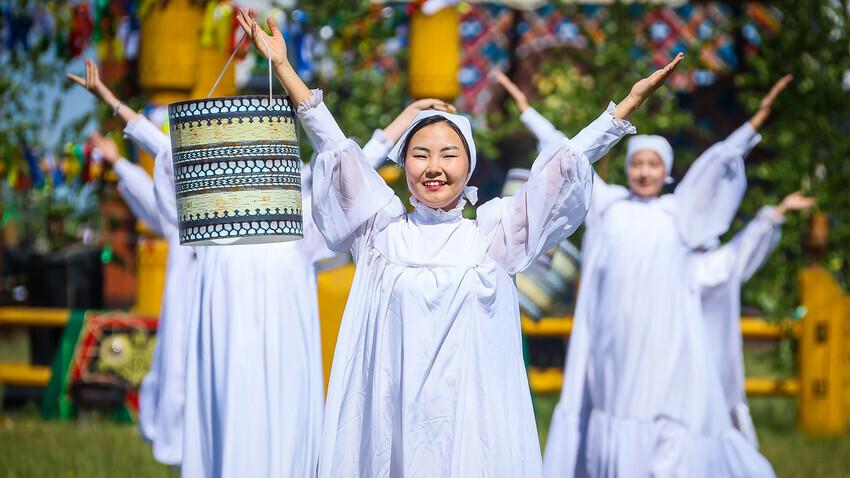
While the whole of Russia celebrates its main holiday, the New Year, on December 31, the Yakut people in Siberia have their own New Year and it’s also the most important holiday. Our correspondent was lucky enough to attend the ‘Yhyakh’, which is still celebrated the same way their pagan ancestors did. The ritual greeting of the sun, drinking kumis together and singing and dancing in a grandiose khorovod, a traditional circular dance… and much more!
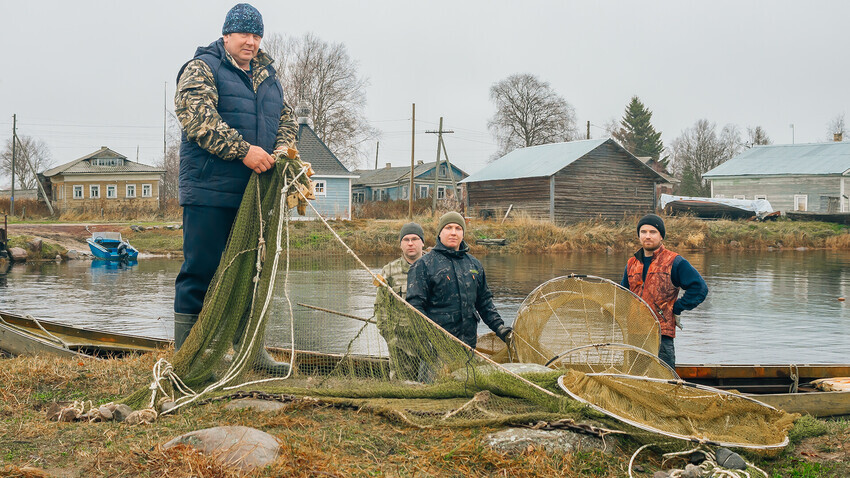
The Pomors are Russian people who settled near the Arctic Ocean back in the 14th century to fish. They created their own civilization and, although the world has changed a lot, there are whole villages that still maintain their traditional way of life and fishing.
Our correspondent visited one such village called Kolezhma and found out what the life of modern Pomors in the North is like today.

This republic is situated in the south of Siberia - a place where there aren’t even that many ethnic Russians. American tourist Michael Cline visited the paradoxical place three times: It’s a mix of religions, languages, architectural styles and epochs. He opens up about his adventures there.
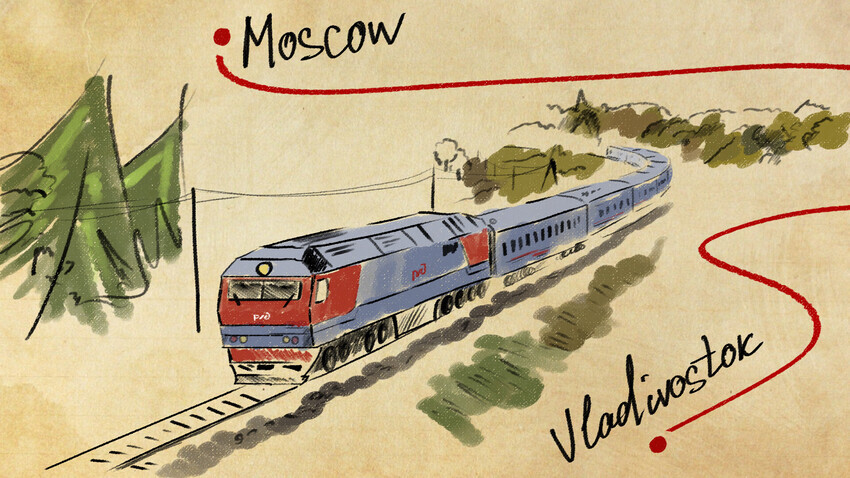
This route is one of the most popular and many foreigners dream of completing the journey from Moscow to Vladivostok. However, it takes a whole week aboard a train. But, if you don’t have time for such an adventure, you can just check out our infographics and whizz through the route in less than five minutes!
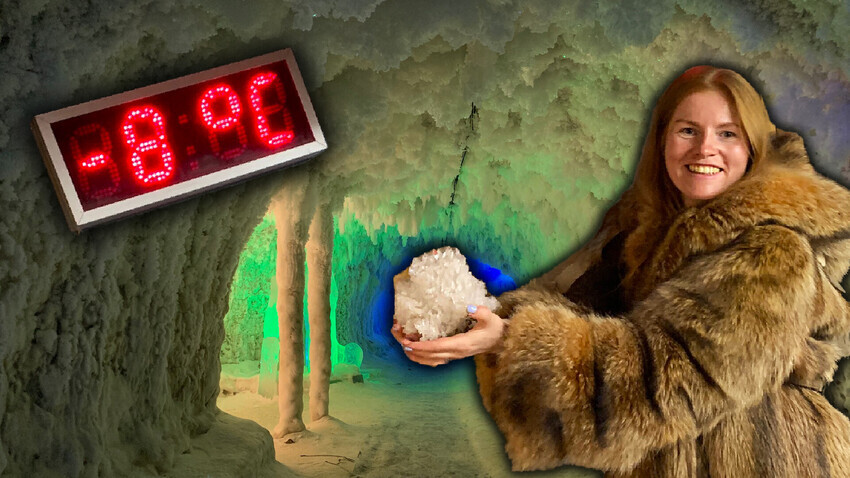
Yakutia is the coldest region in Russia. And even though, in summer, it’s very hot there, a few meters underneath the ground, there is permanent frost that never melts. Yakutian scientists have an underground laboratory in it, where they study these unique constantly frozen depths. And we visited them and talked to them!
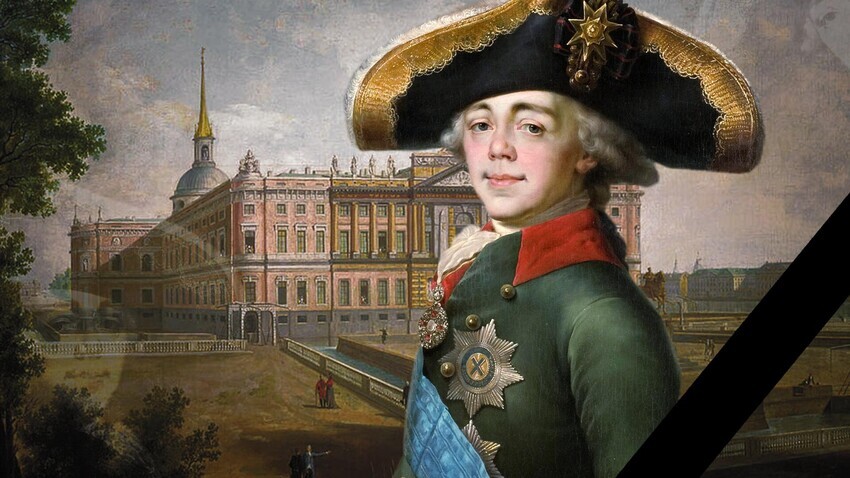
This emperor was very suspicious and had a persecution mania, because it was predicted that his life would not last longer than 47 years. Being constantly afraid for his life, he built a castle surrounded by a moat right in central St. Petersburg… But, as fate would have it, he was actually killed right in this castle at 46 years of age. This terrible event in the Romanov family’s history has since overgrown into many legends. We reveal which ones are fictitious and which one is real.
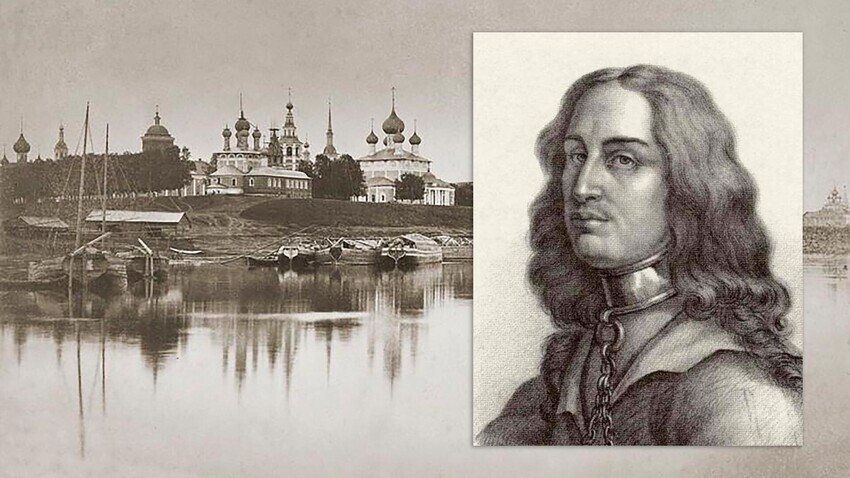
A destitute Prince Gustav, the son of Swedish King Eric XIV, escaped for Russia and looked to marry Tsar Boris Godunov’s daughter. This story had all the makings of a romantic story. However, it didn’t have a happy ending. What went wrong with his plan? And, most importantly, why did he stay in Russia, after all?

It’s hard to imagine, but, indeed - some of the present-day southern Russia territories were once under the rule of Rome. They had a great strategic importance to the Roman Empire, but, after its collapse, had turbulent times under various other rulers.
Read more about these important outposts of the empire, which were meant to stop invasions of barbarians from Asia.
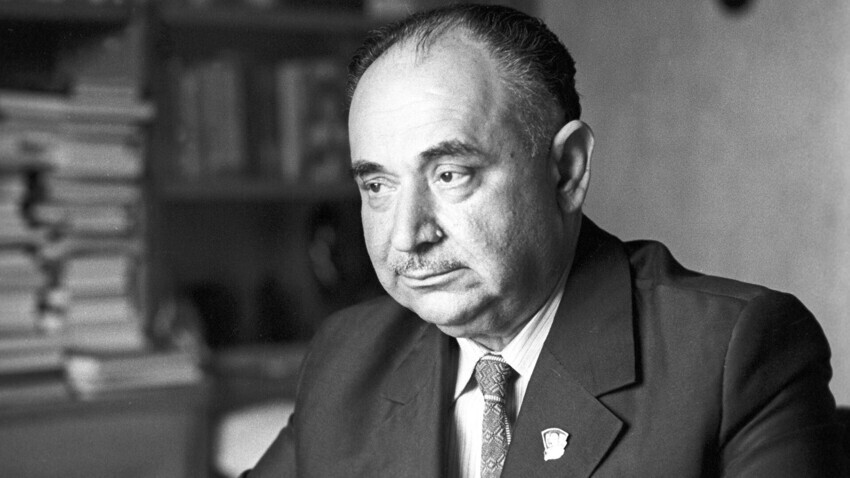
Iosif Grigulevich had a truly incredible fate. Throughout his life, he managed to serve as a hitman, an ambassador and a writer. Posing as an illicit child of a deceased Costa Rican aristocrat, Grigulevich acquired Costa Rican citizenship. Unexpectedly for everyone, he then got himself appointed as the country’s ambassador to different countries.

During the Soviet war in Afghanistan, there was a widespread army tale. Russian soldiers were often seen boiling their ammo for hours in a pot over an open fire. Tales of this practice strike many contemporaries as something inexplicable, but there was a logic behind this odd habit of seasoned warriors. What on earth was it for?
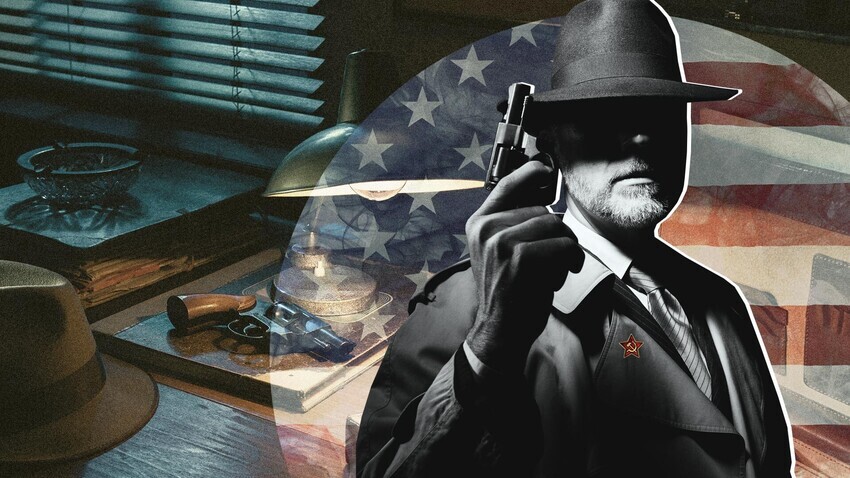
During the Cold War, disinformation was a deadly weapon that helped advance the USSR's interests. And sometimes the Soviet intelligence services made up truly extraordinary fake stories (such as AIDS was a Pentagon invention).
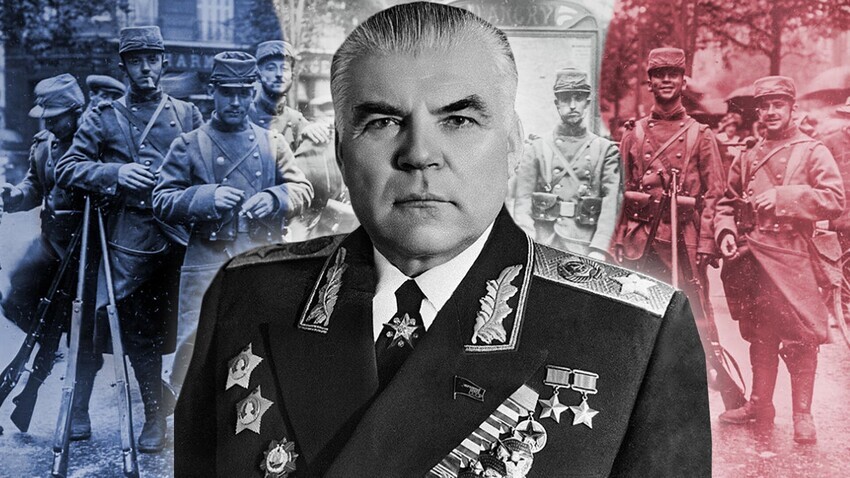
Marshal Rodion Malinovsky was one of the main Soviet commanders of World War II, who liberated the territories of Romania, Hungary, Austria and Czechoslovakia from German troops. It is hard to believe that once this powerful commander was an ordinary soldier fighting in the French “African Army”.
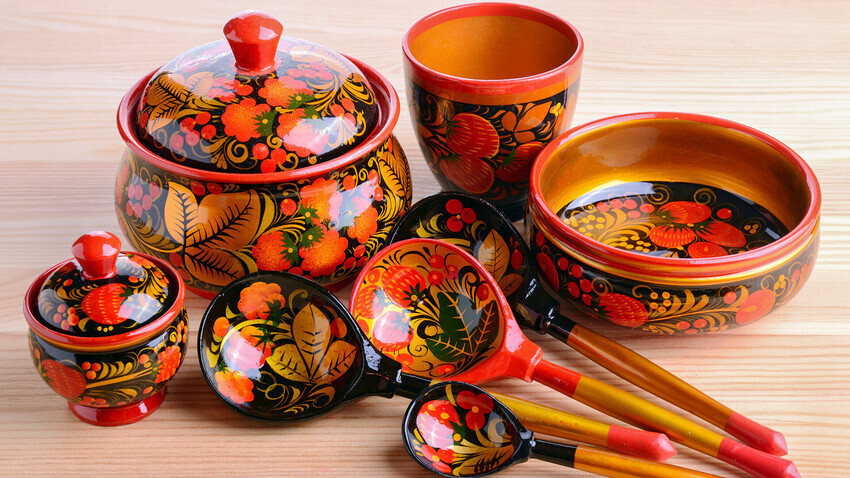
Khokhloma is one of the most recognizable of Russian-related designs. When you look at this red, black and gold handicraft, you realize that it can't be anything but Russian.The legend says that khokhloma came into being after a peasant fed the Firebird and in gratitude the Firebird turned an ordinary wooden bowl into a gold one.

A penthouse next to the Red Square, an apartment with its own garden right in the midst of stone jungles, a place in Stalinist high-rise… We found out how much you have to pay for an apartment near the Kremlin and which Moscow apartment has the best view of the stars, plus other decadent accommodation options.
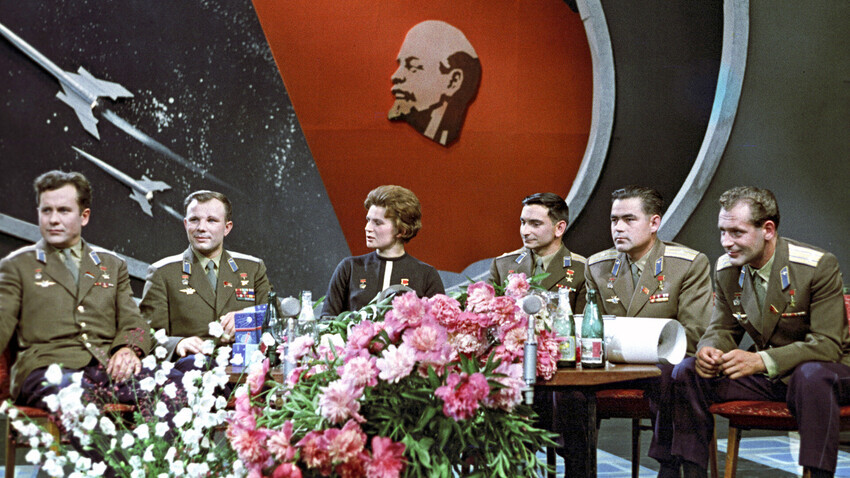
Internationally, women account for a mere 11 percent of participants on all orbital flights. They primarily come from the United States - a total of 53. Meanwhile, just six Russian women have been to space over the 61-year history of human spaceflight. Too few, especially taking into account that the current team of Russian cosmonauts includes only one woman, Anna Kikina, who was enrolled back in 2012. Coincidence or discrimination?

On August 1, 1971, at the southeastern edge of the Mare Imbrium, Apollo 15 commander David Scott placed an aluminum sculpture on the dusty surface of a small crater next to a parked lunar rover. At that moment, the moon became the largest exhibition space in the universe. The sculpture of a man lying face down, titled ‘Fallen Astronaut’, is so far the only art installation on the moon. How come and how is Russia connected to it?
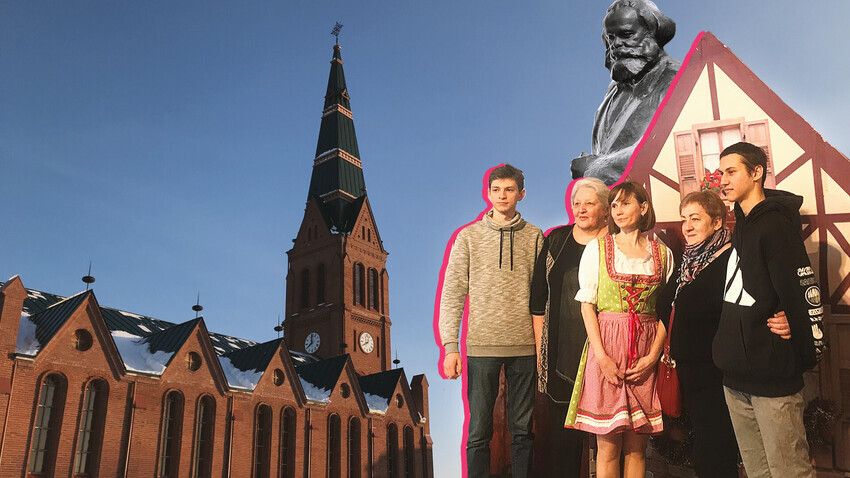
German settlers first massively appeared on the banks of the Volga River in Russia in the mid-18th century, under the invitation of Catherine the Great (an ethnic German herself). These new ‘Russian Germans’ or ‘Volga Germans’ developed the region and brought their own culture and traditions, without actually assimilating. Until not so long ago, many of their towns and villages had German names and residents spoke in distinctive dialects; however, they had tough times during the Soviet period. What is left of these German regions in present-day Russia?
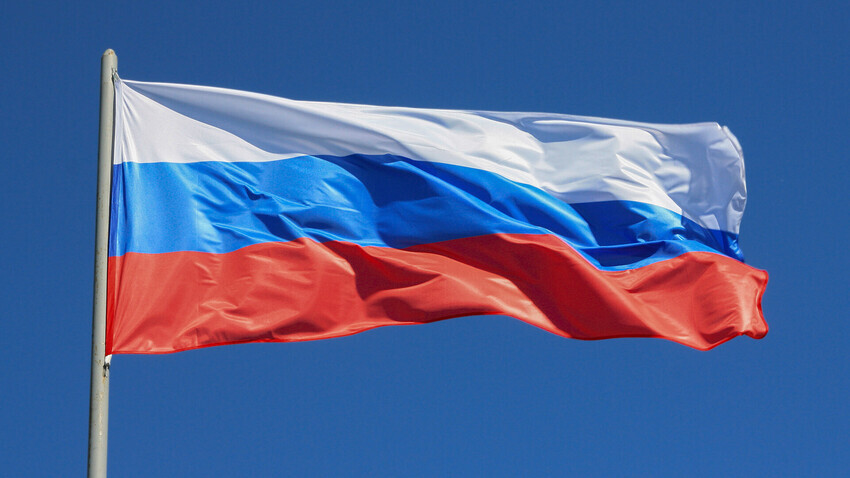
Thirty-one years have passed since Russia got back its national ‘tricolor’ - the horizontally striped white-blue-red flag which has roots in the late 17th century and is connected with Peter the Great. But, why did it first become the national flag? And why was it replaced by other flags several times in history? And finally, what do its colors symbolize?
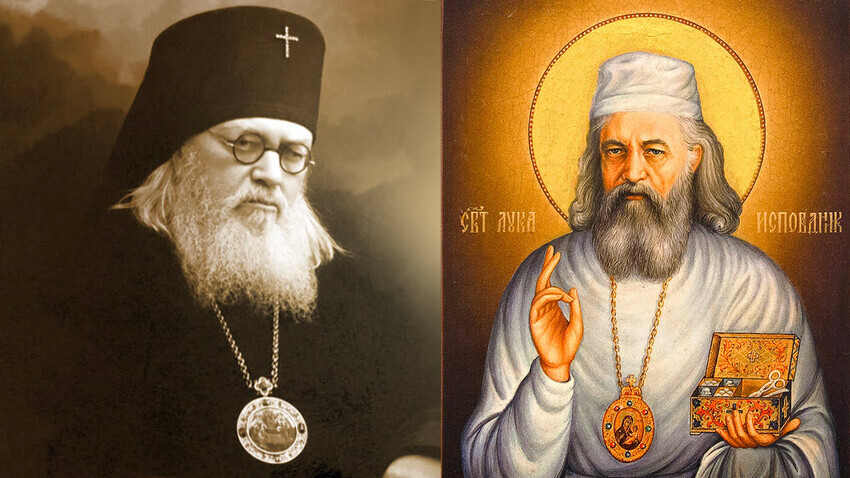
Valentin Voyno-Yasenetsky received his PhD in medicine in 1915 and got his PhD in theology in 1959. He spent more than ten years in prison and exile and worked as a surgeon in several wars. He was later known as Archbishop Luke, receiving the eminent position in 1946, the same year as he was awarded the Stalin Prize.
Just imagine the breadth and depth of Archbishop Luke's personality – during his lifetime he was admired even by his ideological enemy Joseph Stalin. After his death he was declared a saint.

Russian animation history goes back over a century with talented directors pioneering in this technology even before the Bolshevik Revolution. Then, the Soviet Union produced a lot of iconic films and characters that have won the love of audiences around the world. Finally, modern-day Russian animation is absolutely adorable and original.

Great Russian avant-garde painters, such as Kazimir Malevich and Wassily Kandinsky, would be proud of their modern-day art descendants. These authors are either already known on the international art scene or are just developing their careers in Russia. One thing is important - they all work next to us in the here and now and their art is understandable in any language.
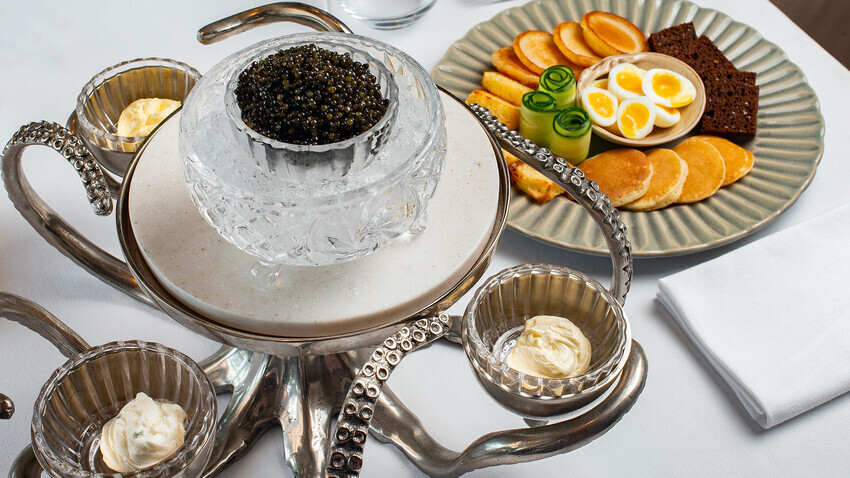
Could you ever imagine that there are far more types of caviar that are simply red and black? Russians enjoy them, too, but also yellow, pink and beige varieties of fish roe. But what’s the difference, apart from the color? Read up on everything you need to know about caviar with photos. Yummy!

Many Russian regions have their own unique dishes for all kinds of tastes. And this northern pie is just unforgettable! Try to make it at home and share if you like it.
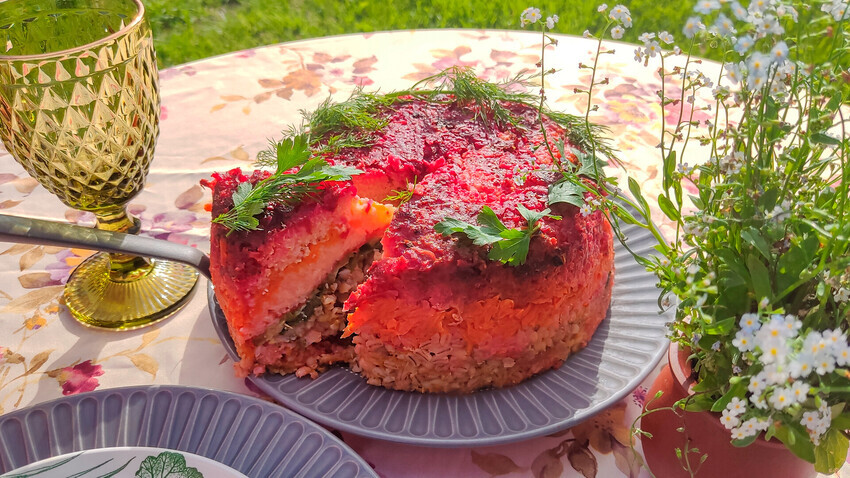
From the modern dietary science point of view, this dish is exactly what you need! It contains both vegetables and several types of grains, which make its nutritional value very high. And it just tastes awesome! By the way, this porridge has the ultimate Russian name – dubinushka, which symbolizes firmness, strength and stamina.

If your kids are tired of all the biscuits you made for them, try this old Russian recipe. Making these round, crispy round-shaped cookies is one of those Russian traditions that’s passed down from generation to generation. It’s easy and you can play with shapes and kids can join the process, too!
Dear readers,
Our website and social media accounts are under threat of being restricted or banned, due to the current circumstances. So, to keep up with our latest content, simply do the following:
If using any of Russia Beyond's content, partly or in full, always provide an active hyperlink to the original material.
Subscribe
to our newsletter!
Get the week's best stories straight to your inbox